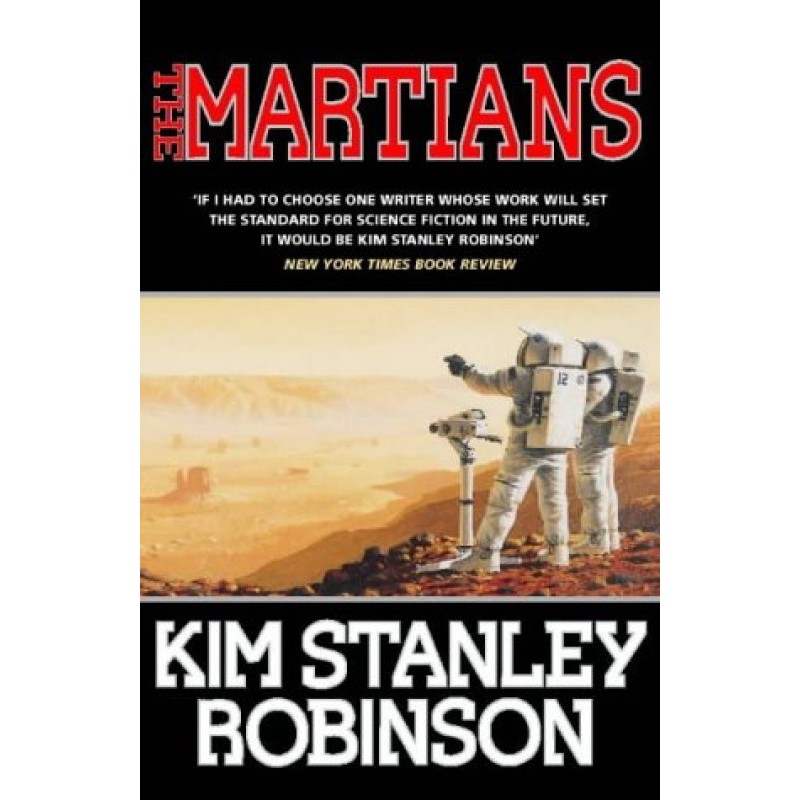Blue Mars
 Instant download
Instant download
after payment (24/7)
 Wide range of formats
Wide range of formats
(for all gadgets)
 Full book
Full book
(including for Apple and Android)
Red Mars, the kickoff to Robinson's epic Mars trilogy, won the Nebula for best SF novel of 1992; its follow-up,Green Mars, won the parallel Hugo for 1994. The conclusion to the saga is not unlike the terrain of Robinson’s Red Planet: fertile and fully developed in some spots, vast and arid in others but, ultimately, it’s an impressive achievement. Using the last 200 years of American history as his template for Martian history, Robinson projects his tale of Mars’s colonization from the 21stcentury, in which settlers successfully revolt against Earth, into the next century, when various interests on Mars work out their differences on issues ranging from government to the terraforming of the planet and immigration. Sax Russell, Maya Toitovna and others reprise their roles from the first two novels, but the dominant “personality” is the planet itself, which Robinson describes in exhaustive naturalistic detail. Characters look repeatedly for sermons in its stones and are nearly overwhelmed by textbook abstracts on the biological and geological minutiae of their environment. Not until the closing chapters, when they begin confronting their mortality, does the human dimension of the story balance out its awesome ecological extrapolations. Robinson's achievement here is on a par with Bradbury’sThe Martian Chroniclesand Herbert’sDune, even if his clinical detachment may leave some readers wondering whether there really is life on Mars. (Piblishers Weekly)
Blue Marswon Hugo and Locus awards in 1997, was nominated for BSFA award in 1996, and received nominations for the Campbell and Clarke Awards in 1997.
Data sheet
- Name of the Author
- Ким Робинсон Стэнли
- Language
- Ukrainian
- Release date
- 1996
Reviews
Вражаюче завершення епічної трилогії!
"Синій Марс" - це неймовірне завершення трилогії Кіма Робінсона, яка занурює читача в складний і багатогранний світ колонізації Марса. Автор майстерно поєднує наукову фантастику з глибокими соціальними, політичними та екологічними темами, створюючи захоплюючу історію про боротьбу за виживання та ідентичність на новій планеті. У книзі детально описуються не лише фізичні аспекти Марса, але й емоційні переживання персонажів, які намагаються знайти своє місце в цьому новому світі. Вражає, як Робінсон використовує історію Землі як паралель, щоб показати, як можуть розвиватися суспільства в умовах нових викликів. Хоча деякі читачі можуть знайти стиль автора дещо відстороненим, я вважаю, що це лише підкреслює глибину його дослідження. "Синій Марс" - це не просто наукова фантастика, це філософське дослідження людської природи та нашого місця у Всесвіті. Рекомендую всім, хто цінує якісну літературу та глибокі роздуми!



























